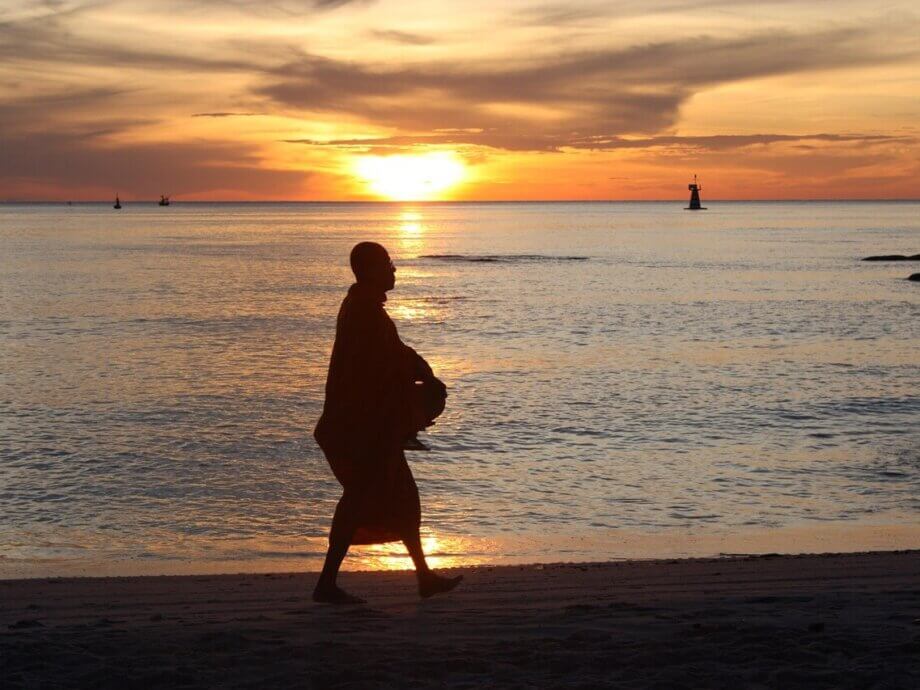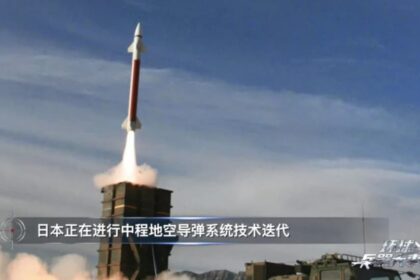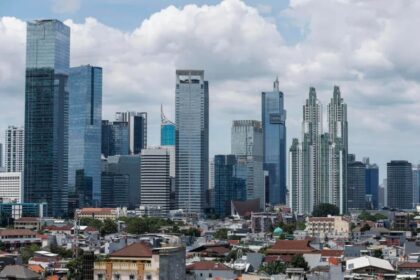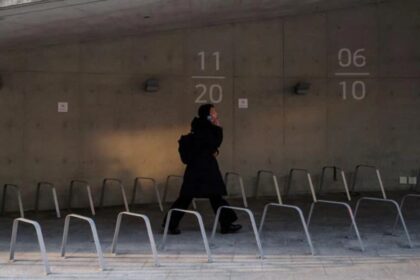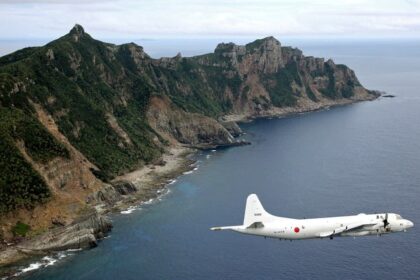The Tale of Two Coastal Towns: Hua Hin and Prachanta Khiri Khet
Hua Hin, a beloved seaside resort in Thailand’s Prachuap Khiri Khan province, is renowned for its tranquil beaches, royal heritage, and vibrant tourism scene. Yet, few realize that Hua Hin once had a twin—Prachanta Khiri Khet, a settlement now known as Koh Kong in Cambodia. The intertwined histories of these two towns reveal a fascinating chapter in Southeast Asia’s colonial past, marked by royal ambitions, colonial rivalries, and the enduring legacy of cultural identity.
- The Tale of Two Coastal Towns: Hua Hin and Prachanta Khiri Khet
- Origins: A Vision of Unity Across the Gulf
- Colonial Tensions: The Franco-Siamese Struggle
- The Human Cost: Displacement and Cultural Change
- Hua Hin: From Fishing Village to Royal Retreat
- Koh Kong Today: A Cambodian Province with Thai Roots
- Broader Implications: Colonialism and the Shaping of Southeast Asia
- Preserving Memory: The Importance of Historical Awareness
- In Summary
Origins: A Vision of Unity Across the Gulf
The story begins in the mid-19th century, during the reign of King Rama IV (King Mongkut) of Siam (modern-day Thailand). At the time, Siam sought to assert its sovereignty and create a sense of balance along its vulnerable coastal borders. To symbolize this vision, two settlements on opposite sides of the Gulf of Thailand were given rhyming names: Prachuap Khiri Khan on the west (where Hua Hin is located) and Prachanta Khiri Khet on the east (now Koh Kong, Cambodia). The poetic pairing—Khiri Khan and Khiri Khet—reflected Siam’s aspiration for order and unity across its maritime frontier.
Prachuap Khiri Khan, meaning “city of mountains with clusters,” was formed by merging several smaller towns, including Bang Nang Rom, Kui Buri, and Khlong Wan. Meanwhile, Prachanta Khiri Khet, meaning “city of mountains with clusters of gems,” was established on what is now Koh Kong Island. Both towns were intended to serve as strategic outposts, anchoring Siam’s presence on both sides of the Gulf.
Colonial Tensions: The Franco-Siamese Struggle
This vision of unity was soon challenged by the expansionist ambitions of European colonial powers, particularly France. In the late 19th century, France was rapidly extending its influence over Vietnam and Cambodia, encroaching on territories claimed by Siam. The resulting tensions culminated in a series of confrontations and treaties that would reshape the region’s borders.
The 1893 Crisis and the Franco-Siamese Treaty
One of the most dramatic episodes occurred in 1893, when French gunboats forced their way up the Chao Phraya River and anchored in Bangkok, pressuring Siam to cede territory. The resulting Franco-Siamese Treaty, signed on October 3, 1893, compelled Siam to relinquish large swathes of land east of the Mekong River, including parts of present-day Laos and Cambodia. Although the treaty established new boundaries, it did not end French ambitions in the region.
The 1904 Exchange: Siam’s Difficult Choice
In 1904, France proposed a further territorial exchange. Siam was offered the return of Trat province, a valuable area on the Gulf’s eastern shore, in exchange for ceding additional territories, including Battambang, Siem Reap, and Sisophon. Crucially, Siam was also forced to abandon Prachanta Khiri Khet (Koh Kong), severing the symbolic link between the twin towns. This marked the beginning of the end for Siam’s vision of balanced coastal settlements.
The Human Cost: Displacement and Cultural Change
The redrawing of borders had profound consequences for the people living in Prachanta Khiri Khet. Thai residents were compelled to leave their homes, resettling in areas that remained under Siamese control, such as Ko Kut and Chanthaburi. Over time, the departing Thais were replaced by Cambodians, and the region’s demographic makeup shifted dramatically. Today, ethnic Thais constitute only about 25% of Koh Kong’s population.
Despite these changes, traces of Thai heritage persist in Koh Kong. Many Thai descendants continue to speak a dialect identical to that of Trat province, preserving a linguistic link to their origins. Surnames, local customs, and collective memory also bear witness to the town’s Siamese past.
Suppression of Thai Identity
The Thai community in Koh Kong has faced significant challenges in maintaining its cultural identity. In 1963, Cambodian authorities imposed a strict ban on speaking Thai, with harsh penalties for those caught using the language. This policy was part of a broader effort to erase Thai cultural influence from the region. Nevertheless, fragments of Thai heritage endure, hidden in family names, dialects, and the stories passed down through generations.
Hua Hin: From Fishing Village to Royal Retreat
While Prachanta Khiri Khet faded into obscurity, its twin, Hua Hin, flourished. Originally a quiet fishing village, Hua Hin’s transformation began in the early 20th century when the Thai royal family discovered its serene beaches. The construction of the Klai Kangwon Palace (“Far From Worries”) in 1928 by King Rama VII marked a turning point, establishing Hua Hin as a royal retreat and elevating its status as a premier holiday destination.
The arrival of the railway in 1910 further accelerated Hua Hin’s development. The iconic Hua Hin Railway Station, with its distinctive blend of Victorian and Thai architecture, made the town accessible to visitors from Bangkok and beyond. The opening of the Railway Hotel (now Centara Grand Beach Resort & Villas Hua Hin) in 1922 catered to an upscale clientele, setting the stage for Hua Hin’s emergence as a resort town.
Modern Growth and Cultural Heritage
In the decades that followed, Hua Hin continued to grow, attracting both Thai and international tourists. Infrastructure improvements, such as expanded roads and airport facilities, supported the town’s evolution into a major tourist and expat hub. Despite rapid modernization, Hua Hin has retained much of its charm, blending the sophistication of a royal resort with the traditions of its fishing village origins.
Hua Hin’s cultural heritage is celebrated through vibrant festivals, traditional cuisine, and local handicrafts. Events like the annual Kite Festival and the Vegetarian Festival offer visitors a glimpse into the town’s rich traditions. The preservation of historic sites, such as the Hua Hin Railway Station, underscores the community’s commitment to honoring its past.
Koh Kong Today: A Cambodian Province with Thai Roots
Across the Gulf, Koh Kong has become an integral part of Cambodia’s southwestern region. The province is known for its natural beauty, including mangrove forests, rivers, and the Cardamom Mountains. While the Thai community is now a minority, their influence lingers in the local dialect and cultural practices.
Koh Kong’s history as Prachanta Khiri Khet is largely forgotten outside academic circles, but for those who trace their ancestry to the lost twin town, the connection remains deeply personal. The story of Koh Kong serves as a reminder of the fluidity of borders and the resilience of cultural identity in the face of political upheaval.
Broader Implications: Colonialism and the Shaping of Southeast Asia
The saga of Hua Hin and Prachanta Khiri Khet is emblematic of the broader forces that shaped Southeast Asia in the colonial era. The region’s borders were often drawn and redrawn by external powers, with little regard for the communities affected. Treaties like the Franco-Siamese agreements of the late 19th and early 20th centuries had lasting impacts, displacing populations and altering the cultural landscape.
For Thailand, the loss of territories like Prachanta Khiri Khet was a painful but strategic concession, allowing the kingdom to maintain its independence in an era when many of its neighbors fell under colonial rule. The legacy of these decisions is still felt today, in the stories of families divided by borders and in the enduring ties between places like Hua Hin and Koh Kong.
Preserving Memory: The Importance of Historical Awareness
As Hua Hin continues to thrive as a tourist destination, the story of its lost twin is at risk of fading from public consciousness. Yet, remembering the history of Prachanta Khiri Khet is vital for understanding the complexities of national identity, cultural heritage, and the impact of colonialism in Southeast Asia.
Efforts to document and share these stories—through articles, documentaries, and community initiatives—help ensure that the experiences of those who lived through these turbulent times are not forgotten. They also provide valuable lessons about the importance of cultural preservation and the need to respect the diverse histories that shape our world.
In Summary
- Hua Hin and Prachanta Khiri Khet (now Koh Kong) were established as twin towns by Siam in the 19th century to symbolize unity across the Gulf of Thailand.
- Colonial expansion by France led to the loss of Prachanta Khiri Khet, which became part of Cambodia following a series of treaties in the late 19th and early 20th centuries.
- The displacement of Thai residents from Koh Kong and subsequent cultural suppression have left a lasting impact, though traces of Thai heritage remain.
- Hua Hin evolved from a fishing village to a royal retreat and major tourist destination, while Koh Kong’s Siamese past is largely forgotten but still present in local culture.
- The story of the twin towns highlights the broader effects of colonialism on Southeast Asia’s borders and communities.
- Preserving and sharing these histories is essential for understanding the region’s complex past and fostering cultural awareness.


